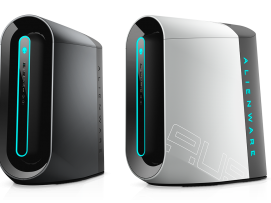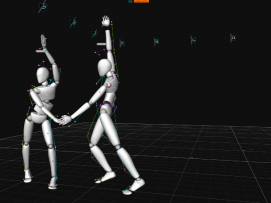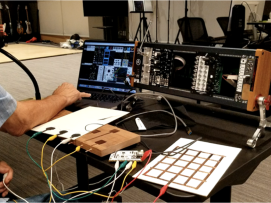The Immersion Lab offers a platform to prototype new technologies that blend the physical and digital spaces. New displays and haptics will lead to new interactions in gaming and communication platforms. Technologies like rapid prototyping can be used to enable new mechanisms of play.
Explore Immersion Lab tools to interface physical and digital using the buttons below.




